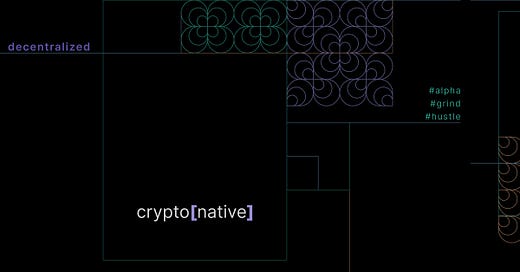Part 3: Decentralized AI - Scaling the Future, One Bacon-Saving Fridge at a Time
From bias-busting algorithms to GPU-powered subnets, why the future of AI isn’t just smarter—it’s trustless, transparent, and unstoppable.
Explore all parts of the series: Part 1, Part 2, Part 3. Additional articles will be linked as they are published. Stay updated in real-time by following Tom Serres on X.com or LinkedIn.
Web3 is changing the game: are you ready to invest smart? Explore tailored strategies and guidance at Nautilus.Finance.
No revolution happens without a few bumps in the road, and the rise of decentralized AI is no exception. Sure, it’s a game-changer, promising transparency, privacy, and user-first accountability. But scaling it from niche experiments to a global standard? That’s a journey fraught with landmines. Between technical bottlenecks and regulatory chaos, it’s as thrilling—and precarious—as aping into a memecoin right before the devs pull liquidity.
Still, the opportunities are enormous. Decentralized AI isn’t just about building smarter systems; it’s about reshaping how we interact with technology altogether. So, let’s dig into the challenges, the potential, and what it’ll take to turn this dream into a reality. After all, if a decentralized vacuum can finally avoid your phone charger, surely AI can handle a world’s worth of complexity.
The Bias Problem: Exposing AI’s Dirty Laundry
Let’s talk about the elephant in the AI room: bias. Traditional AI is like a sketchy centralized exchange—you don’t know what’s going on behind the scenes, but you’re pretty sure you’re getting rugged somewhere. Whether it’s a smart speaker connecting to your neighbor’s “Spicy Hits” playlist or an ad algorithm pushing artisanal tofu when you clearly prefer bacon, bias isn’t just a bug—it’s baked into the system.
Keep reading with a 7-day free trial
Subscribe to crypto[native] to keep reading this post and get 7 days of free access to the full post archives.
![crypto[native]](https://substackcdn.com/image/fetch/$s_!baju!,w_80,h_80,c_fill,f_auto,q_auto:good,fl_progressive:steep,g_auto/https%3A%2F%2Fsubstack-post-media.s3.amazonaws.com%2Fpublic%2Fimages%2Fc94827b0-d403-4ff4-a1dc-b507623bbbd2_1000x1000.png)

![crypto[native]](https://substackcdn.com/image/fetch/$s_!baju!,w_36,h_36,c_fill,f_auto,q_auto:good,fl_progressive:steep,g_auto/https%3A%2F%2Fsubstack-post-media.s3.amazonaws.com%2Fpublic%2Fimages%2Fc94827b0-d403-4ff4-a1dc-b507623bbbd2_1000x1000.png)

